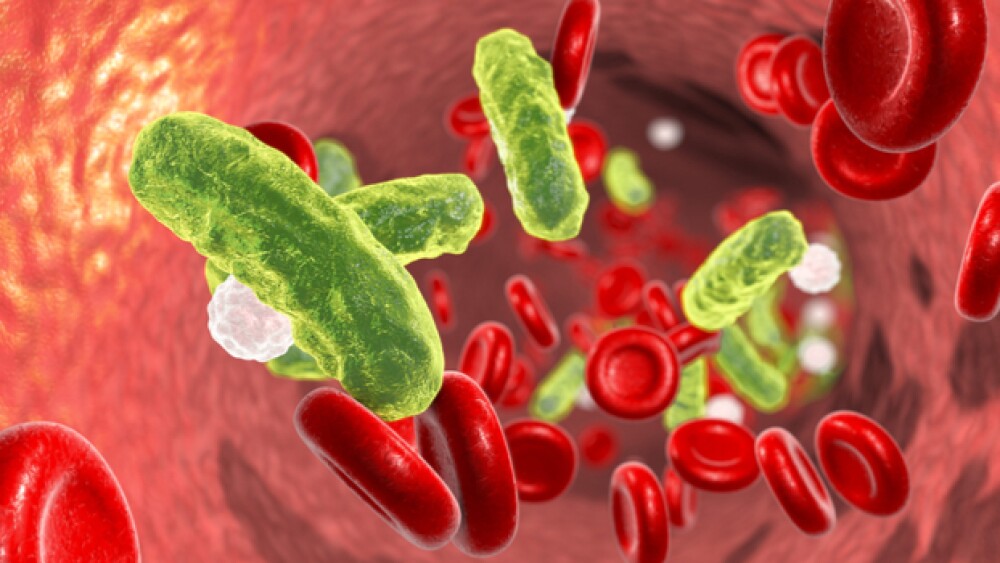Researchers at Ohio State University are using nanotechnology to boost the body’s ability to fight sepsis, a life-threatening condition that results from the body’s extreme reaction to infection.
As antibiotic resistance concerns increase, researchers at Ohio State University are using nanotechnology to boost the body’s ability to fight sepsis, a life-threatening condition that results from the body’s extreme reaction to infection.
The new nanotechnology research aims to boost the immune system by transforming donated healthy immune cells into a drug with enhanced power to kill bacteria.
The U.S. Centers for Disease Control and Prevention estimates that 1.7 million adults in the United States develop sepsis each year. Of those, one in three patients who die in a hospital has sepsis, the data shows.
So far, in animal tests, the engineered immune cells have demonstrated the capability to eliminate bacteria in blood and major organs. The research is showing that the nanotechnology has the ability to improve survival rates. The preclinical work has focused primarily on developing a treatment for late-stage sepsis, which is when the immune system is over-taxed and unable to clear the bacteria infecting the body, the researchers said. The OSU researchers are hopeful that their work will help accelerate the drug-development process in treating sepsis. The study has been published in Nature Nanotechnology.
Yizhou Dong, senior author and associate professor of pharmaceutics and pharmacology at The Ohio State University, said sepsis is the leading cause of death in hospitals. Currently, there are no effective treatments for late-stage sepsis, he said.
“We’re thinking this cell therapy can help patients who get to the late stage of sepsis. For translation in the clinic, we believe this could be used in combination with current intensive-care treatment for sepsis patients,” Dong said in a statement.
Dong’s work combines two types of technology, using vitamins to make lipid nanoparticles and then using those nanoparticles to capitalize on natural cell processes in the creation of a new antibacterial drug. The OSU team collected monocytes from the bone marrow of healthy mice and cultured them in conditions that transformed them into macrophages. In the immune system, macrophages are tasked with destroying invading pathogens. However, in patients with sepsis, the number of macrophages and other immune cells are lower than normal and they don’t function as they should, the researchers noted.
The nanoparticles were paired with messenger RNA encoding an antimicrobial peptide and a signal protein. That protein then enabled the lysosomes in macrophages to begin killing off the bacteria.
“Macrophages have antibacterial activity naturally. So if we add the additional antibacterial peptide into the cell, those antibacterial peptides can further enhance the antibacterial activity and help the whole macrophage clear bacteria,” Dong added.
In the mice tests, the treatment resulted in a significant reduction in bacteria in the blood after 24 hours -- and for those with lingering bacteria in the blood, a follow-up treatment cleared them away, the researchers noted.





